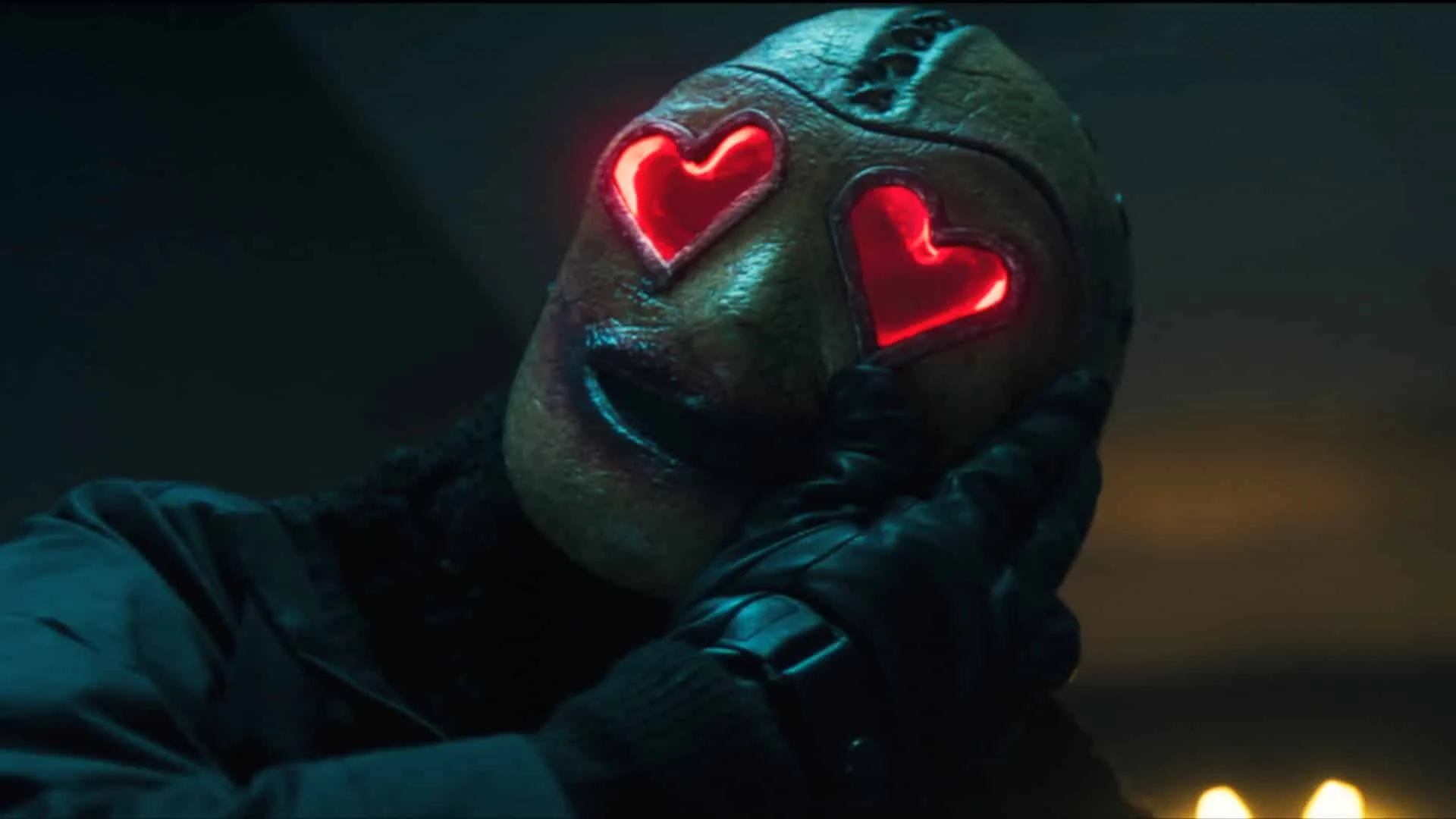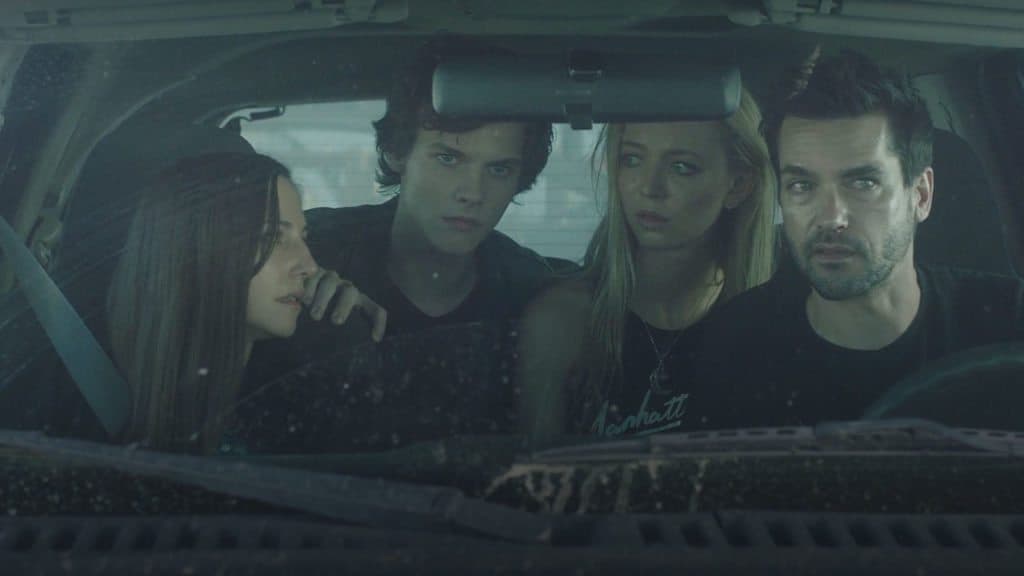Heart Eyes (2025) is a genre-bending film that boldly fuses horror, romantic comedy, and satire to deliver a sharp, emotionally layered story set against the backdrop of Valentine’s Day mayhem. At its center is Ally McCabe, a guarded, cynical advertising executive who finds herself reluctantly paired with the bright-eyed and idealistic Jay Simmons to fix a PR disaster. From the outset, the film plays with genre expectations, positioning itself as a rom-com only to abruptly steer into slasher territory. The tension between lighthearted romance and brutal violence is intentional, using emotional whiplash as a storytelling tool to keep the audience off-balance—reflecting Ally’s own inner turmoil as she learns to reopen herself to vulnerability.

The film’s emotional arc is grounded in Ally’s journey. Traumatized by past heartbreak and increasingly disillusioned by the hollow messaging of corporate romance, she initially rejects Jay’s sincerity and optimism. However, their forced collaboration—and later survival—forces her to see beyond her guarded worldview. Jay, on the other hand, serves as both her foil and catalyst, charming but layered with hidden insecurities of his own. The evolution of their relationship, which begins with biting sarcasm and awkward power dynamics, gradually becomes the emotional heart of the film, especially as they’re thrown into chaos by the emergence of the Heart Eyes Killer.
What elevates Heart Eyes beyond standard horror-comedy is how it reinterprets the slasher archetype. The killer isn’t just a masked figure with a weapon, but part of a calculated, multi-person operation driven by a twisted moral code—punishing couples for “performative” love. In doing so, the film satirizes how love is commodified and distorted by modern media. The glowing, heart-shaped eyes of the killer become a literal and symbolic motif: what society claims to “see” as love is often manufactured, exploitative, or dangerous. This visual becomes especially potent during sequences of violence that are both gruesome and ironic, underscoring the film’s dark sense of humor.
Despite its body count, Heart Eyes is fundamentally about emotional risk. The horror elements amplify the stakes of falling in love—both physically and psychologically. Ally’s arc is not just about escaping death, but about reclaiming the courage to feel. Her decision to trust Jay, even after betrayal and trauma, parallels the larger message of the film: that love, when sincere and messy and imperfect, is still worth fighting for. The final act, which blends bloodshed with emotional catharsis, brings this message home without ever feeling sentimental or contrived. It’s a love story told through survival, with literal and figurative demons to overcome.

By the time the credits roll, Heart Eyes has dismantled and reconstructed multiple genres into something fresh and surprisingly sincere. It doesn’t just lampoon the conventions of horror and romance—it uses them to explore the fear of connection in an era obsessed with image and performance. With sharp performances, inventive kills, and a story that balances satire with genuine emotional weight, the film earns its place as a standout in modern horror-romcom cinema. In the end, it’s not just about who survives the killer—it’s about who’s brave enough to love again, even when the world makes it feel like a death sentence.
